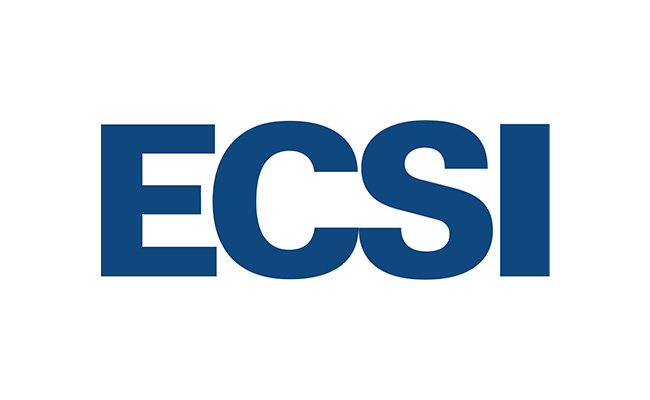Digital customer service 2020 – 8 stats to help shape your strategy.
Whether you're putting together a business case, trying to convince the COO of the importance of digital, or developing your digital customer service strategy, it's important to take an informed approach. Research results and forecasts from industry experts provide valuable food for thought as well as information that can point you towards the path to digital customer service success. Here are 8 statistics to get you started.
1. There are 3.5 billion smartphone users worldwide (Source: Statista). Need a "wow factor" when you're talking to the COO? This helps size the demand for digital customer service, and it's huge.
2. In 2019 a little over half of all internet traffic was from mobile (Source: Statista). This is another "set the stage" statistic. So, not only do lots of people have smartphones, but they're using them to access the internet.
3. In the US, there are approximately 80 million Millennials and they spend $600 billion annually (Source: Accenture). Still setting the stage - these digital natives are a large group and have a lot of spending power.
4. 55% of consumers — including 68% of Millennials/Generation Z— prefer digital channels over traditional ones (Source: Salesforce). Now we're starting to drill down into the data. This convincingly illustrates consumer preferences for digital customer service, especially among the younger groups.
5. In 2019, more than 35% of businesses said they planned to invest in their website and chat and email channels (Source: NICE). Your competitors might be investing in digital customer service - can you afford not to?
Now that the data has made the case for digital customer service, let's look at some information that might help you narrow your focus.
6. Online chat, private social messaging apps, and email are the three digital channels with the highest customer satisfaction scores - 48%, 47%, and 41%, respectively (Source: NICE). One thing these all have in common is agent assistance. Consumers still value the human touch.
7. Online chat, email, and website are the three most preferred digital channels, in that order (Source: NICE). The importance of websites shouldn't be overlooked as a preferred tool of digital customer service self-servers.
8. Email, online chat, and mobile apps are the most often used digital channels (Source: NICE). Mobile apps are another popular self-service solution, while email and chat stand out as offering the convenience of digital and the reassurance of agent assistance.
Demographics, technical trends, and consumer preferences all make digital customer service a must have these days. It's hard to argue with the data!








